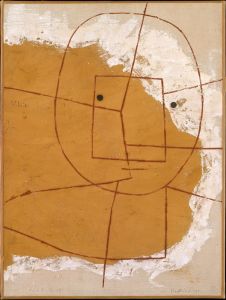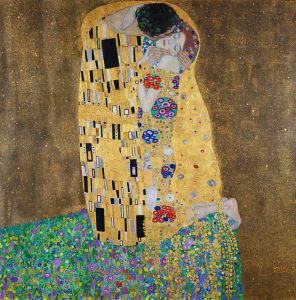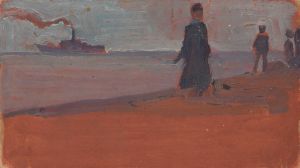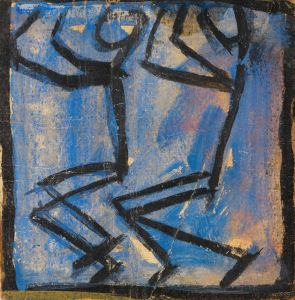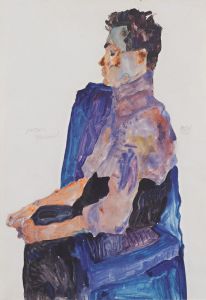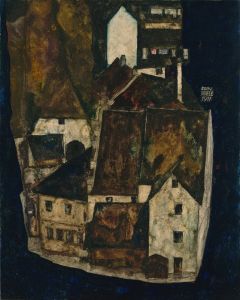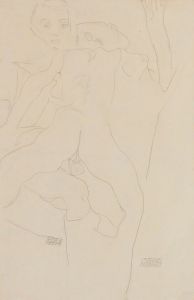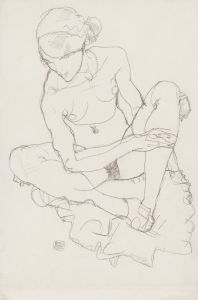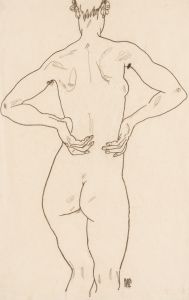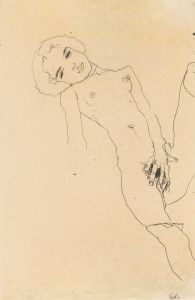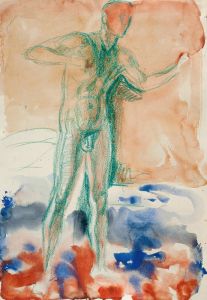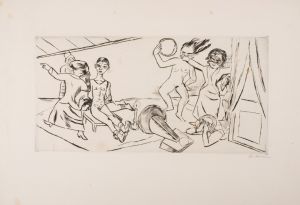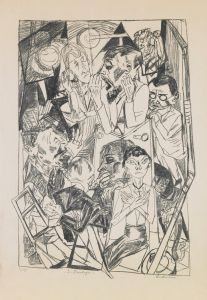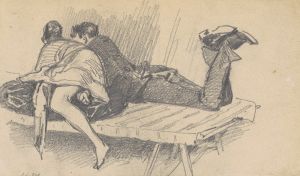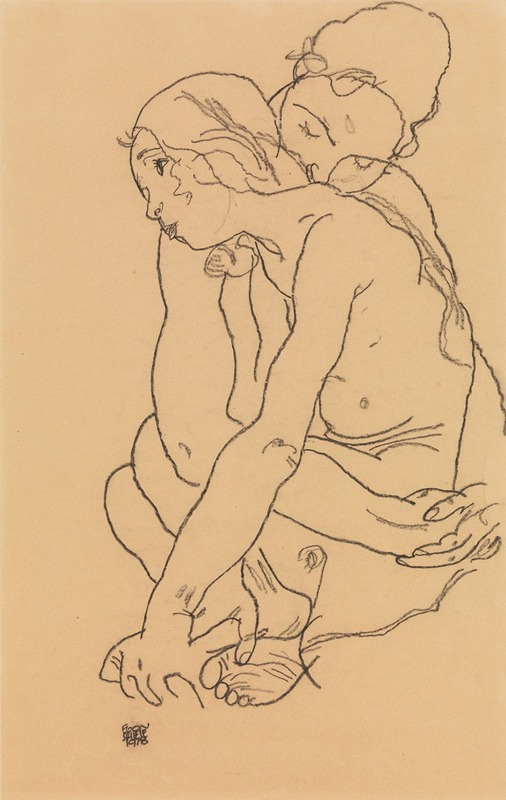
Woman and Girl Embracing
A hand-painted replica of Egon Schiele’s masterpiece Woman and Girl Embracing, meticulously crafted by professional artists to capture the true essence of the original. Each piece is created with museum-quality canvas and rare mineral pigments, carefully painted by experienced artists with delicate brushstrokes and rich, layered colors to perfectly recreate the texture of the original artwork. Unlike machine-printed reproductions, this hand-painted version brings the painting to life, infused with the artist’s emotions and skill in every stroke. Whether for personal collection or home decoration, it instantly elevates the artistic atmosphere of any space.
"Woman and Girl Embracing" is a painting by the Austrian expressionist artist Egon Schiele, created in 1913. Schiele, born in 1890, was a protégé of Gustav Klimt and is known for his intense and often provocative works that explore themes of sexuality, death, and the human condition. His distinctive style is characterized by its raw emotional intensity, bold lines, and striking use of color.
The painting "Woman and Girl Embracing" depicts two female figures in a close, intimate embrace. The figures are rendered in Schiele's typical manner, with elongated limbs and exaggerated, almost skeletal features. The woman and girl are intertwined in a way that suggests both physical and emotional closeness, yet there is an underlying tension in their poses and expressions. The background is minimalistic, drawing the viewer's attention entirely to the figures and their interaction.
Schiele's use of color in this painting is notable for its muted, earthy tones, which contrast sharply with the more vibrant hues often seen in his other works. The palette enhances the somber, introspective mood of the piece. The artist's technique of using bold, expressive lines to outline the figures adds to the sense of intensity and immediacy.
Egon Schiele's work often explored complex human relationships and emotions, and "Woman and Girl Embracing" is no exception. The painting can be seen as a reflection of Schiele's fascination with the human form and his ability to convey deep psychological states through his art. The embrace between the woman and girl can be interpreted in various ways, but Schiele leaves much to the viewer's imagination, allowing for multiple interpretations.
During his short life, Schiele produced a significant body of work, including numerous drawings, watercolors, and oil paintings. His career was tragically cut short when he died of the Spanish flu in 1918 at the age of 28. Despite his brief career, Schiele's influence on modern art has been profound, and his works continue to be celebrated for their emotional depth and innovative style.
"Woman and Girl Embracing" is housed in the Leopold Museum in Vienna, Austria, which holds one of the largest collections of Schiele's works. The museum is dedicated to Austrian art from the second half of the 19th century and the first half of the 20th century, with a particular focus on the Vienna Secession movement, of which Schiele was a prominent member.
In summary, "Woman and Girl Embracing" is a powerful example of Egon Schiele's ability to capture complex human emotions and relationships through his distinctive artistic style. The painting remains an important piece within Schiele's oeuvre and continues to be studied and admired for its emotional intensity and artistic innovation.





